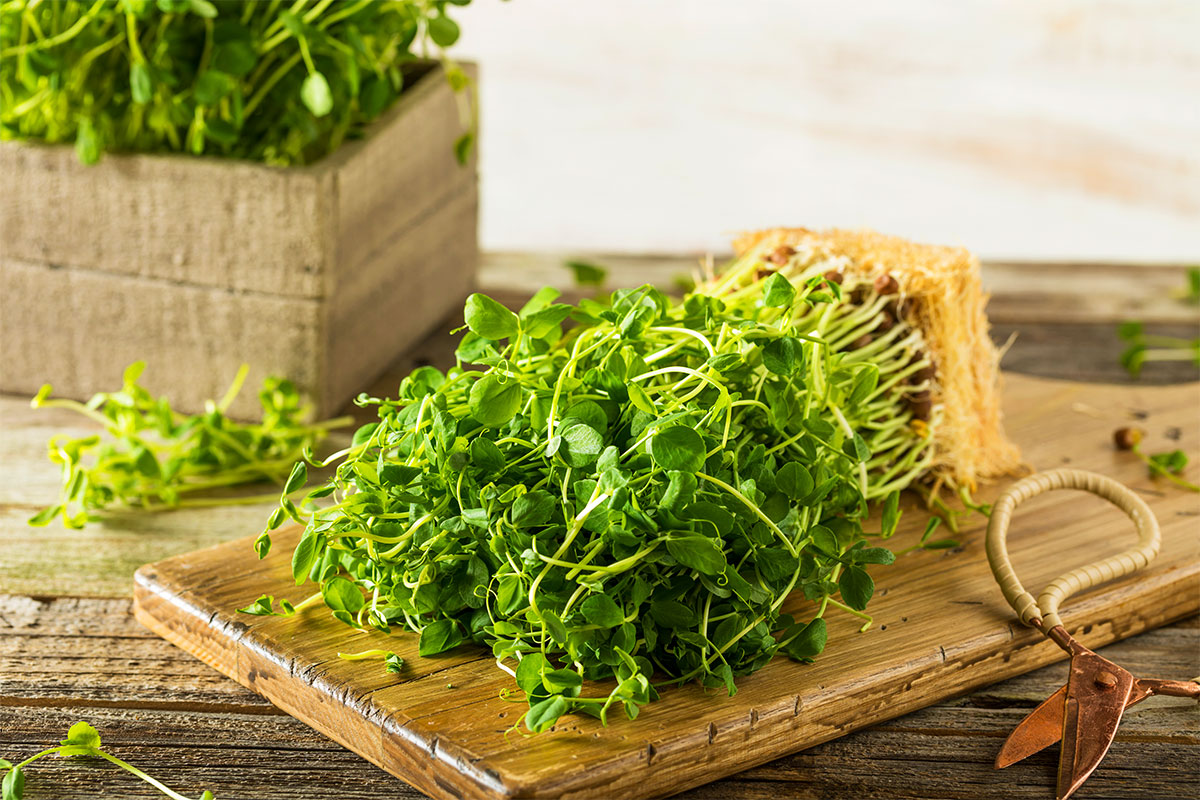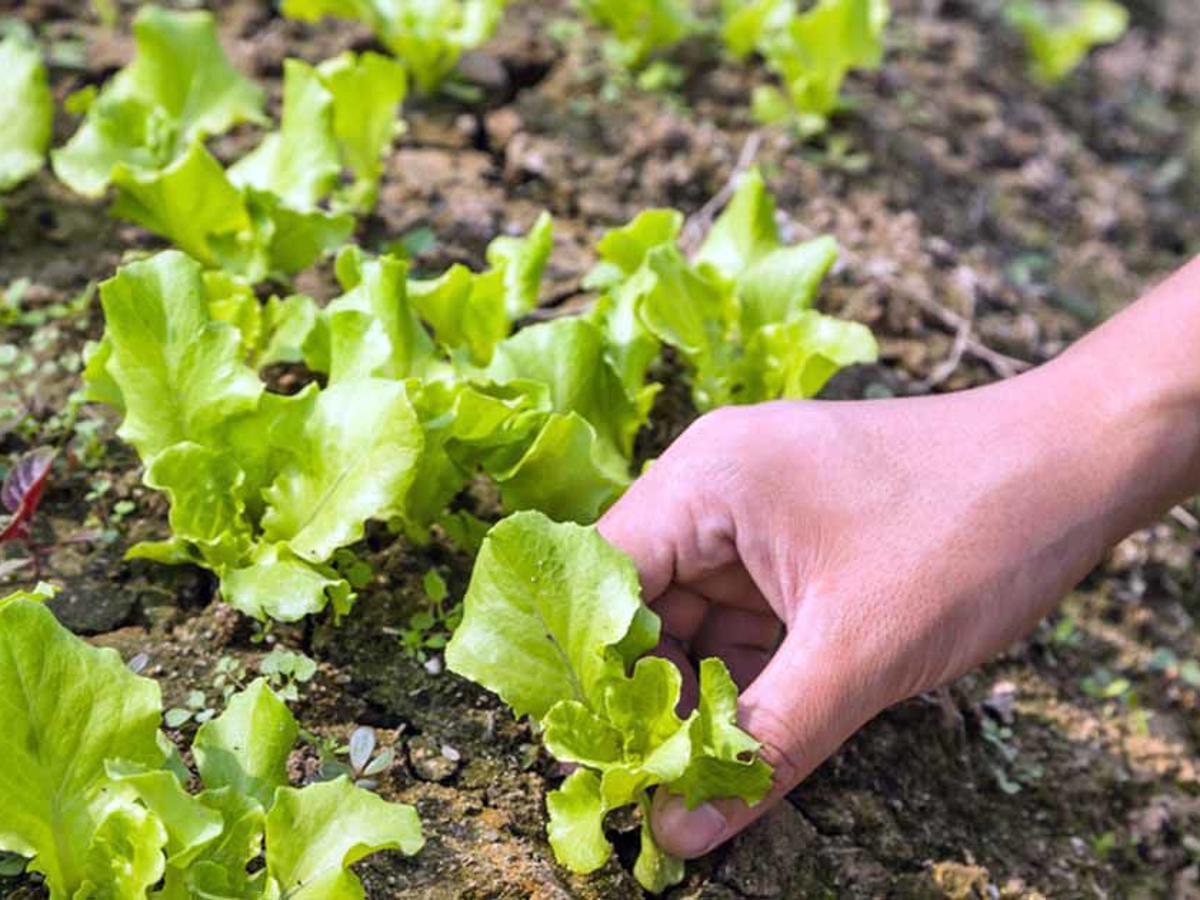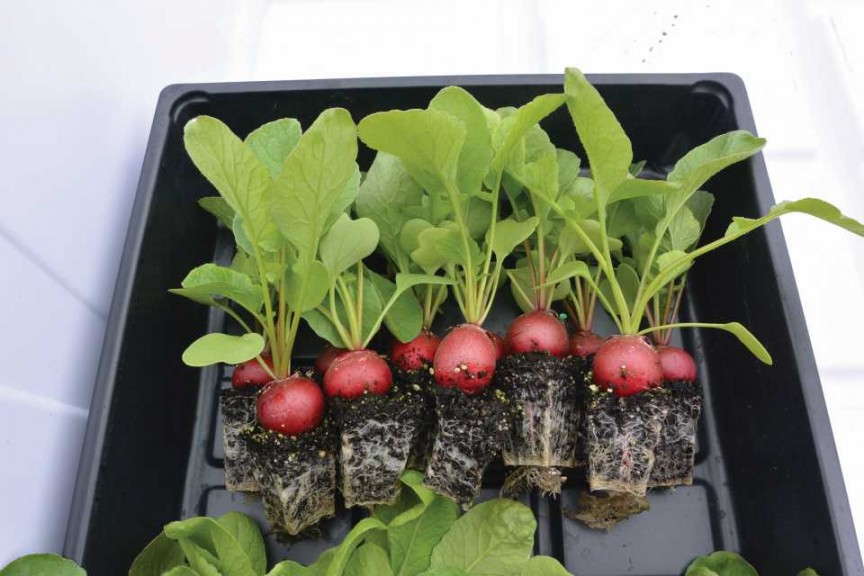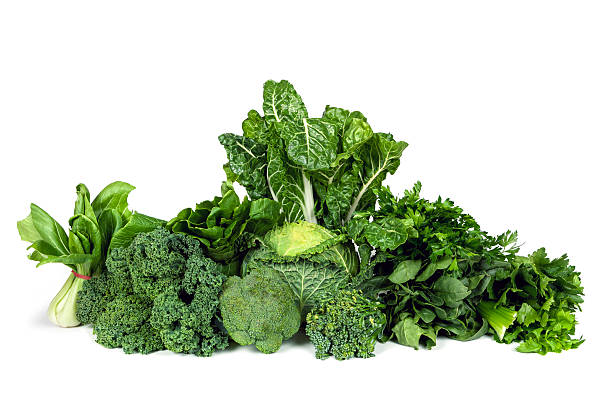The Joy of That First Harvest
Hi, I’m Darrell Smith, owner of DH Garden Centre right here in Kitsilano, Vancouver. With over 25 years in landscaping and more than a decade in the garden centre world, I’ve seen how something as simple as growing your own lettuce can change the way you feel about food, nature, and even yourself.
I remember the day I helped a young couple with no gardening experience set up their first planter box. Three weeks later, they came back, beaming, holding up a bowl of freshly picked greens. Not a bouquet. Not a gadget. Just greens, but it meant everything.
This blog is for you if you’ve never grown a thing in your life, if you think you need a big yard, or if you just want quick wins from your garden.
Let me show you five vegetables (or groups of greens) that you can sow today — and harvest in under 30 days.
Why Choose Fast-Growing Vegetables?
Reconnection Through Routine
In our digital world, gardening brings us back to something real. A seed in the soil. A sprout after three days. A handful of greens in two weeks. That rhythm calms the nervous system and reminds us that growth takes time, but it does happen.
Nutritional Benefits
Most fast-growing greens are harvested young, which means they’re packed with vitamins, minerals, and antioxidants. Microgreens, for example, can contain up to 40x more nutrients than their mature counterparts.
Budget-Friendly Food Security
In a time when grocery prices are high and food safety is top of mind, growing your own greens is empowering. A $4 pack of seeds can yield over $50 worth of organic salad greens. No pesticides. No plastic packaging. Just you and the plant.

Vegetable #1: Microgreens – Small but Mighty
Days to harvest: 7–12 days
What Are Microgreens?
Microgreens are the young seedlings of vegetables and herbs. They’re harvested when they’ve just developed their first true leaves. Not sprouts, not baby greens — they’re somewhere in between.
Why Grow Them?
- Speed: You can go from seed to harvest in under 10 days.
- Space-saving: All you need is a shallow tray, some potting mix or coir, and a sunny window.
- No garden required: A shelf, a windowsill, or even a countertop works fine.
- Nutrition: Packed with chlorophyll, enzymes, and nutrients.

Microgreens are the young seedlings of vegetables and herbs. They’re harvested when they’ve just developed their first true leaves.
Best Microgreens to Start With
Radish, broccoli, arugula, beet, mustard, kale, sunflower. You can even buy custom mixes.
How to Grow Microgreens
- Prepare a shallow tray with drainage holes.
- Fill with moist potting mix, coconut coir, or a microgreen mat.
- Sow seeds densely — don’t worry about spacing.
- Mist with water and cover with a lid or another tray.
- Keep in the dark for 1–2 days to encourage sprouting.
- Once sprouted, move to light and keep moist.
- Harvest by cutting just above the soil line when the first true leaves appear.
Ways to Eat Microgreens
- Toss in a salad
- Sprinkle on soup
- Top your eggs or toast
- Blend into smoothies
Vegetable #2: Pea Shoots & Sunflower Shoots – Microgreens with Character
Days to harvest: 10–15 days
What Makes These Unique?
They grow like microgreens but offer more substance. Pea shoots are sweet and tender. Sunflower shoots are nutty, juicy, and hearty.
Growing Method
- Soak seeds overnight.
- Spread on a tray with moist growing medium.
- Cover for 2–3 days to mimic soil pressure.
- Move to light and water daily.
- Harvest when 3–5 inches tall.
Prevent Mold
- Use sterile tools
- Mist lightly
- Keep air circulating
Cooking Ideas
- Stir-fry pea shoots with garlic
- Add sunflower shoots to grain bowls
- Use in wraps, spring rolls, or noodle dishes

They grow like microgreens but offer more substance. Pea shoots are sweet and tender. Sunflower shoots are nutty, juicy, and hearty.
Vegetable #3: Baby Lettuce – The Salad Star
Days to harvest: 20–30 days
What’s Different About Baby Lettuce?
It’s harvested before maturity — softer leaves, quicker harvest, and continuous regrowth.
How to Grow
- Sow seeds in rows or blocks, spacing based on desired size:
- 9 plants/sq. ft. for early harvest (20 days)
- 4 plants/sq. ft. for slightly larger heads (30 days)
- Use the cut-and-come-again method:
- Cut outer leaves and let the center regrow
Soil & Sunlight
- Needs full sun to partial shade
- Grows well in raised beds, balcony planters, or large trays
Storage Tip
Rinse, pat dry, wrap in a towel, and store in the fridge. Use within 3–4 days.

Baby lettuce harvested before maturity — softer leaves, quicker harvest, and continuous regrowth.
Vegetable #4: Root Crop Greens – Edible Leaves from Below-Ground Crops
Days to harvest: 21–28 days (for leaves)
The Overlooked Supergreens
Radishes, beets, and turnips don’t just produce edible roots — their leaves are delicious and nutritious.
- Beet Greens: Great in garlic stir-fries
- Turnip Greens: Soft, mild, great in soups
- Radish Greens: Spicy, unique — make great pesto

Radishes, beets, and turnips don’t just produce edible roots — their leaves are delicious and nutritious.
Dual Harvest Method
- Start harvesting outer leaves in week 3–4
- Leave inner leaves for continued growth
- Later, pull up the root for round two of harvest
Vegetable #5: Elevated Baby Greens – Kale, Bok Choy, and Mizuna
Days to harvest: 20–30 days
Baby Kale
- Tender, less bitter than mature leaves
- Use raw or lightly sautéed
- Grows well in containers with regular watering
Dwarf Bok Choy
- Quick-growing varieties: Toy Choi, Mei Qing Choi
- Sweet, juicy stems, soft leaves
- Harvest whole plant or just outer leaves

Elevated Baby Greens – Kale, Bok Choy, and Mizuna
Mizuna
- Feather-light leaves, mild mustardy taste
- Cold-hardy, frost-tolerant
- Adds texture to salads and stir-fries
Growing Tips
- Use loose, fertile soil
- Water consistently
- Partial shade in hot months to prevent bolting
Conclusion: Start Small, Grow Big
Whether you’re in a basement suite in downtown Vancouver or on a sunny porch in Burnaby, you can grow your own greens.
These five fast crops are your gateway. They’re easy, rewarding, and deeply satisfying.
Don’t wait for the “perfect moment.” The best garden begins with one tray, one seed, and one decision to try.
Visit DH Garden Centre at 3742 West 10th Avenue or explore our full selection online at dhgardencentre.com.
We carry seed kits, starter trays, organic soil, and everything else you need to grow fresh food right at home.
Have questions? Pop by the store or message us on Instagram @dh.garden.centre. We’re always happy to help you grow.
FAQs
Q1: Can I grow these indoors during Canadian winter?
Yes. Microgreens, lettuce, and baby greens grow well indoors under grow lights. Choose a south-facing window or LED grow lamp.
Q2: Which is best for total beginners?
Start with microgreens or pea shoots — they’re the most forgiving and fastest to grow.
Q3: What soil should I use?
Choose a light, organic potting mix. For microgreens, coconut coir or seed-starting mix is ideal.
Q4: Do I need fertilizer?
Not for microgreens. For baby greens, use a diluted organic liquid fertilizer every 1–2 weeks.
Q5: How often do I water?
Keep soil moist but not soggy. Microgreens need light misting daily. Baby greens need watering every 1–2 days depending on sunlight and temperature.

